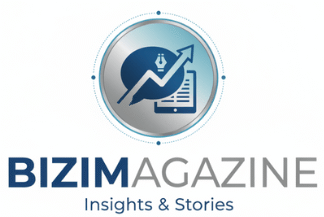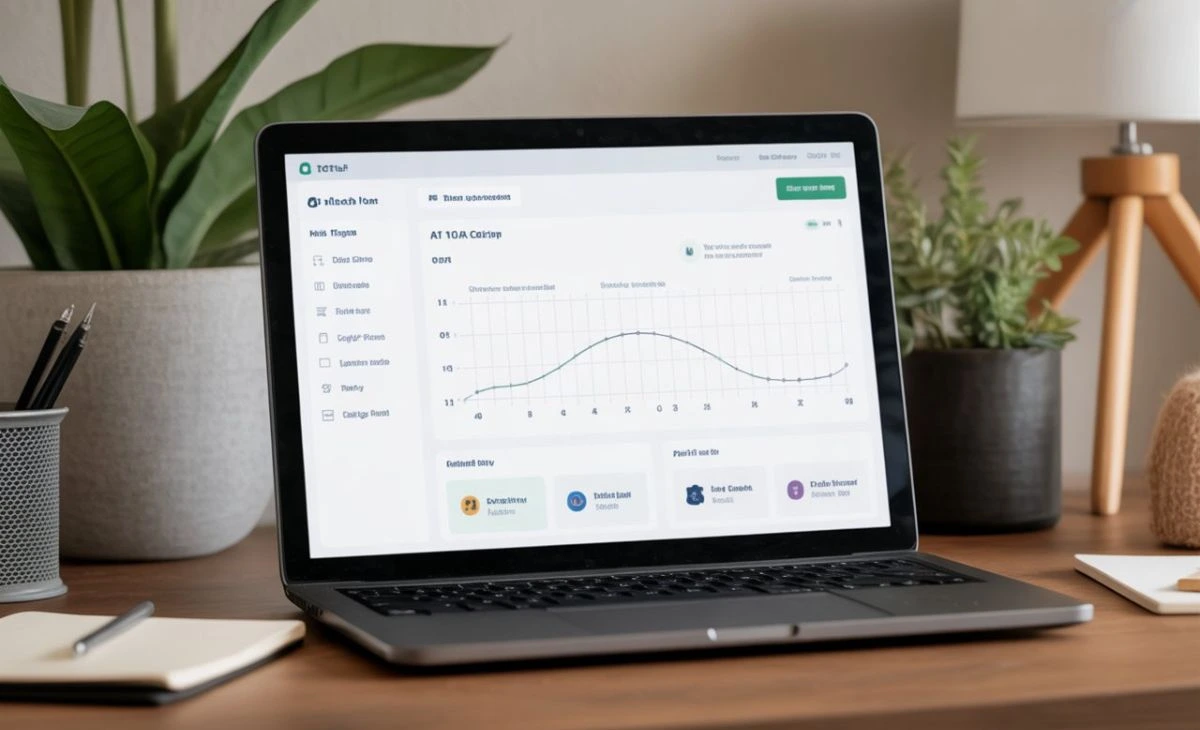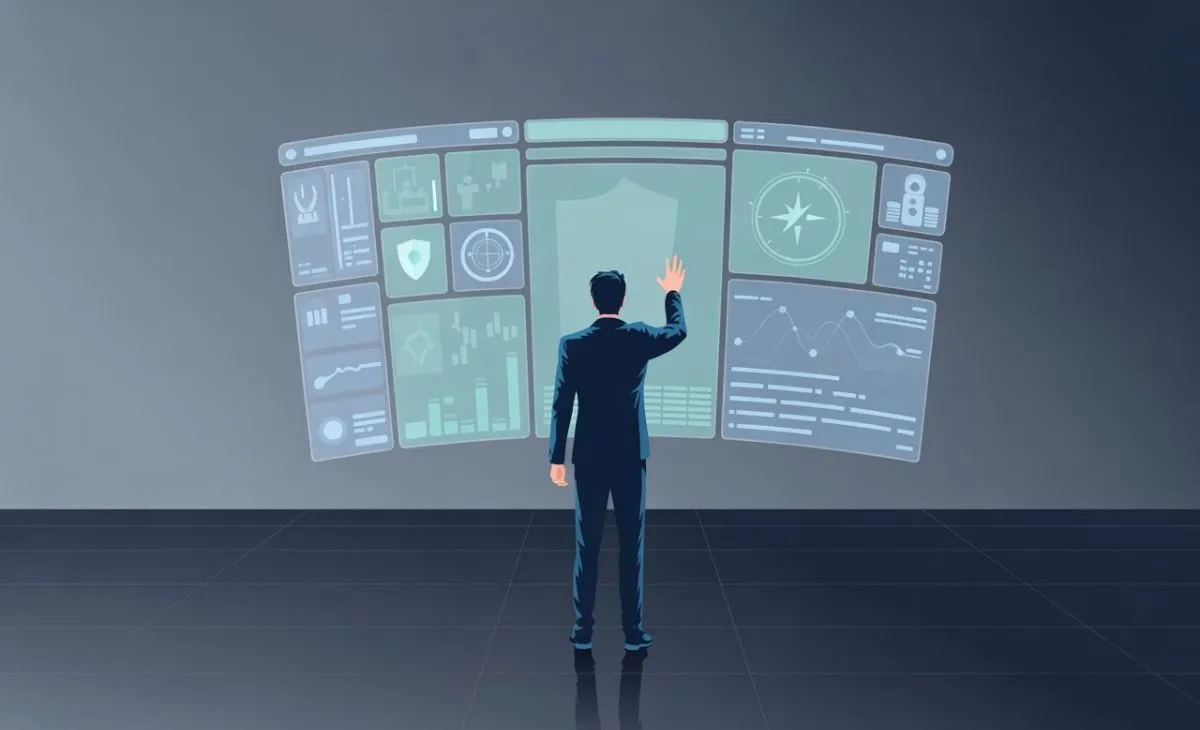In today’s digital landscape, every professional, student, and entrepreneur is looking for ways to manage information more effectively. Tools are everywhere — project trackers, analytics dashboards, and communication apps. But switching between them becomes a burden. This is where a new name is slowly carving its identity: cartetach.
Rather than being another simple app, cartetach positions itself as an ecosystem. It is designed to integrate tasks, organize data, and provide insights in a way that feels less like software and more like an intelligent assistant. While still in its early stages, it is gaining recognition as a platform that unites productivity with clarity.
A Modern Need for Unified Tools
The digital world is no longer simple. A small business owner may use one platform for sales, another for customer support, and yet another for marketing. Students switch between apps for note-taking, scheduling, and research. Professionals often struggle with scattered dashboards that don’t communicate with each other.
This fragmentation wastes both time and energy. A tool that can bring these pieces together is no longer a luxury — it’s a necessity. Cartetach appears as an attempt to answer that need.
The Philosophy Behind the Platform
At its core, the platform reflects the philosophy of minimalism and functionality. It avoids overwhelming users with hundreds of buttons and instead offers a clean, user-friendly approach. The design borrows ideas from digital maps, where users can zoom out for an overview or zoom in for details.
The goal is not just storage but interpretation — turning raw data into meaningful stories. Whether you’re a freelancer trying to understand client performance or a company tracking long-term trends, the idea is to move from complexity to clarity.
How It Works in Real Life
Consider a startup managing e-commerce sales. Before adopting this system, their work was scattered: spreadsheets for finances, social media dashboards for marketing, and email for customer service. After switching, all these functions were combined in one central hub.
The result was striking. Team members could see sales reports alongside campaign results, while customer concerns became part of the same workflow. Instead of wasting hours gathering reports from different apps, the team spent that time improving strategies.
The transformation showed how one system could turn noise into structure.
Benefits That Make a Difference
Two major advantages stand out when discussing why people are adopting this new platform:
- Time efficiency – Teams spend less time searching and more time acting.
- Improved decision-making – Information is displayed in a way that supports faster and smarter choices.
Beyond these, the collaborative aspect allows people to work together without endless email chains. Students can share projects, companies can link departments, and freelancers can give clients real-time updates.
The Learning Curve
Every tool comes with a learning curve, and this one is no exception. People accustomed to older systems may initially find it unusual to manage everything from a single platform. However, the intuitive design reduces confusion over time.
What stands out most is the support system. Tutorials, community forums, and ongoing updates show that the developers are committed to making adoption easier.
Challenges on the Road
No innovation comes without hurdles. Integration with certain external apps is still limited, making it harder for large organizations to migrate completely. Another challenge is trust — new platforms must prove their security before enterprises feel comfortable moving sensitive data.
Yet, feedback from early adopters is encouraging. Regular updates suggest that these issues are being addressed gradually.
Looking Ahead: The Future of Unified Systems
Experts believe that the future of productivity will depend on integration. Rather than juggling dozens of tools, professionals will look for platforms that offer everything under one roof. Artificial intelligence is expected to play a larger role, offering predictive insights and even automating routine decisions.
Cartetach could play an important role in this shift. If it continues to evolve with AI features, stronger security, and global scalability, it has the potential to become more than just another productivity tool — it could turn into a digital standard.
Real-World Case Study
A mid-sized marketing agency in Europe faced the problem of scattered resources. Designers used separate cloud storage, managers tracked progress on spreadsheets, and communication happened on email threads. Miscommunication was common, and deadlines were missed.
When they switched to cartetach, everything changed. The agency combined resources into a unified space where designers, managers, and clients could interact seamlessly. Deadlines became visible to all, feedback loops shortened, and overall productivity improved by 30% within six months.
This case shows that adopting one reliable hub can save both money and reputation.
Why It Matters Today
The rise of remote work has made integration even more critical. With teams spread across continents, tools that create unity are becoming the backbone of digital businesses. What makes this system different is its balance of simplicity and depth. It avoids the trap of becoming overly complex while still delivering powerful features.
The fact that individuals, startups, and growing companies are already adopting it suggests that it has found a real gap in the market.
Conclusion
In a digital age full of fragmented tools, the idea of one hub that connects everything feels refreshing. Cartetach is still developing, but its vision of integration, clarity, and simplicity is already winning attention. For those who value productivity and want to escape app overload, it represents a promising path forward.
The future of work isn’t about more tools — it’s about smarter ones. And platforms like this could very well lead the way.
FAQs
- What is cartetach?
It is a modern digital platform designed to unify workflows, organize data, and improve productivity. - Who can use it effectively?
Everyone from freelancers to established businesses can benefit, especially those struggling with scattered tools. - Does it support teamwork?
Yes, it allows collaboration, file sharing, and progress tracking across teams in real time. - How secure is the platform?
While relatively new, developers have emphasized data protection and continue to improve security features. - Will it expand in the future?
Industry experts believe it will integrate AI and advanced automation, making it even more powerful.





